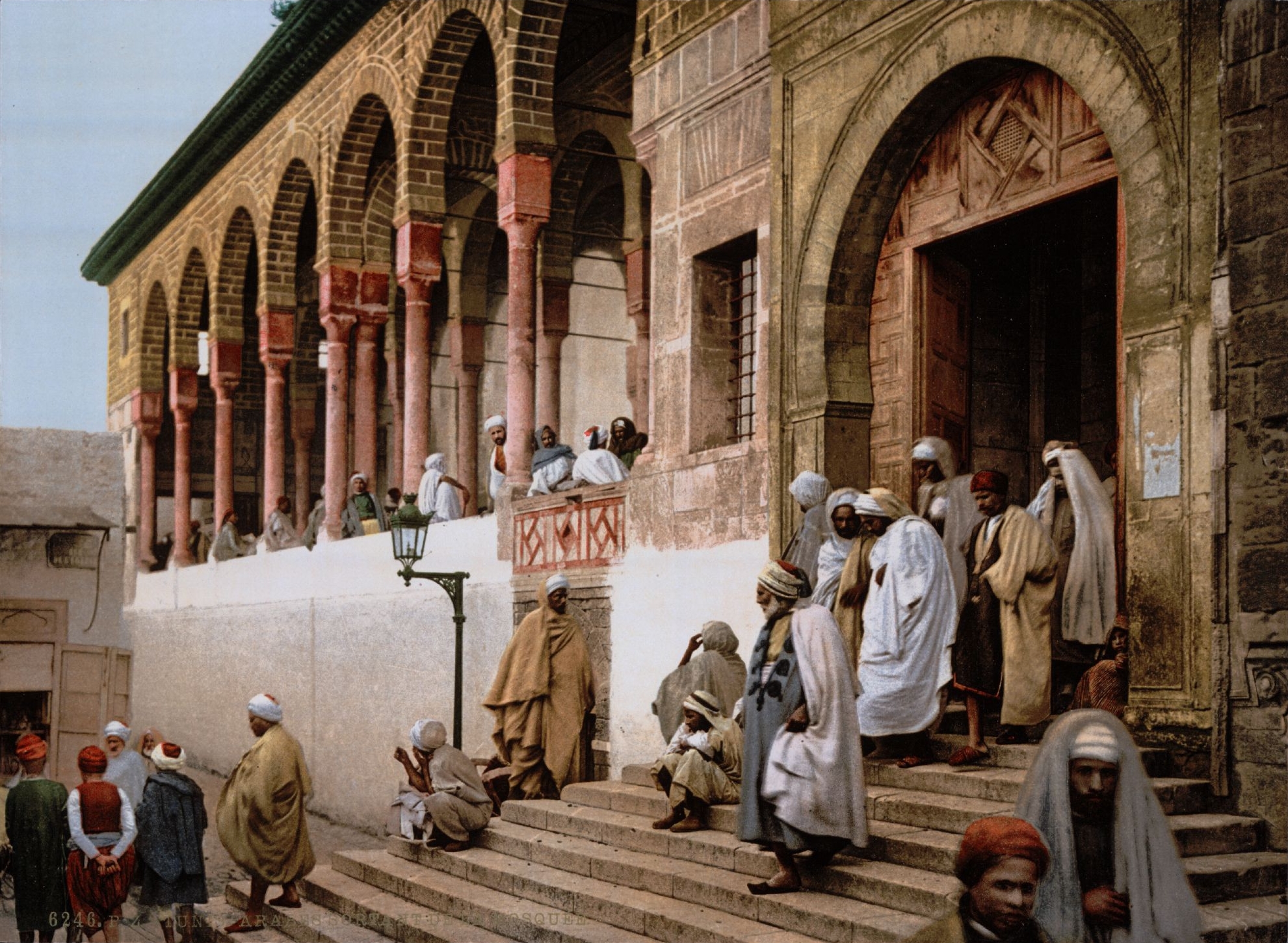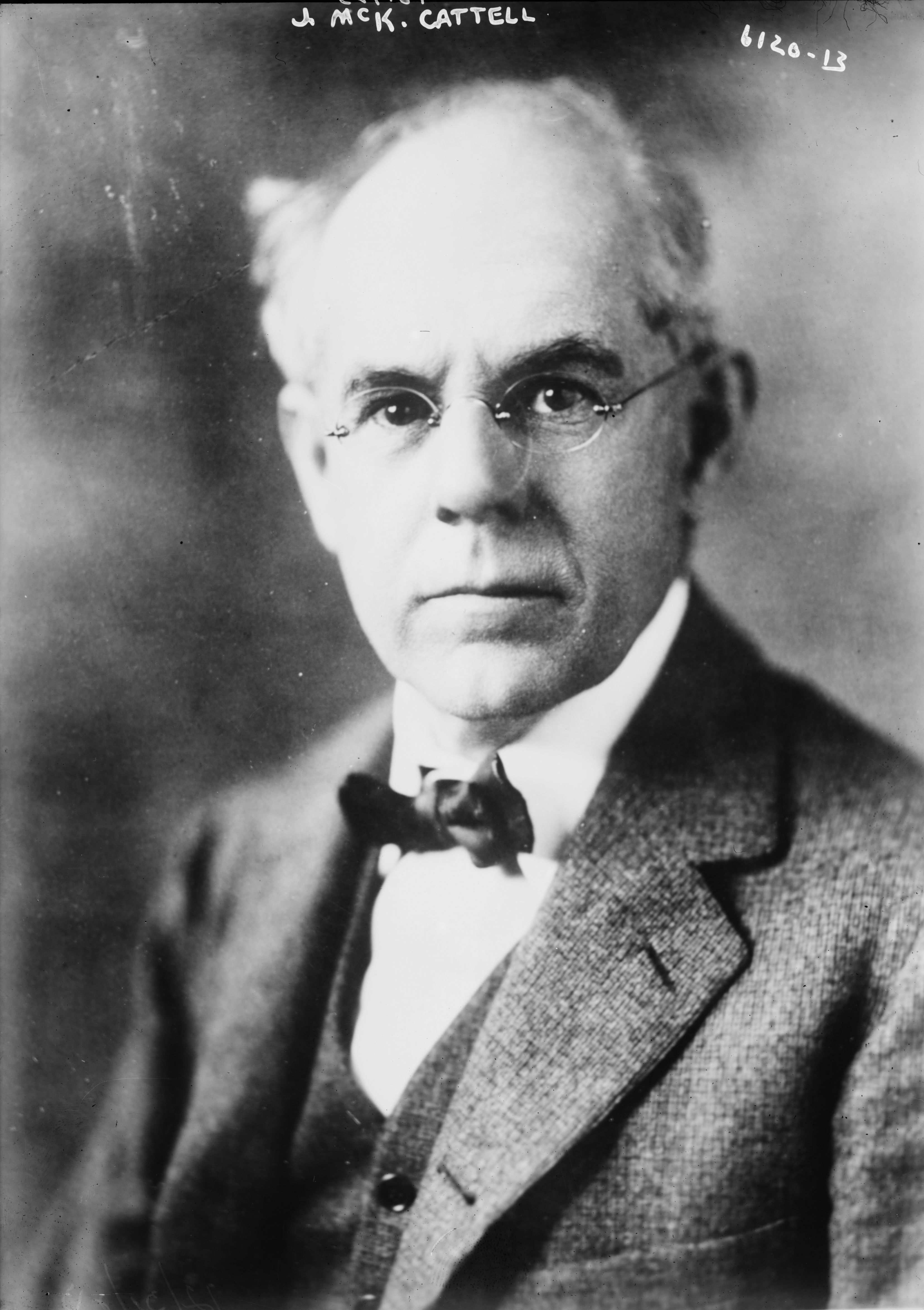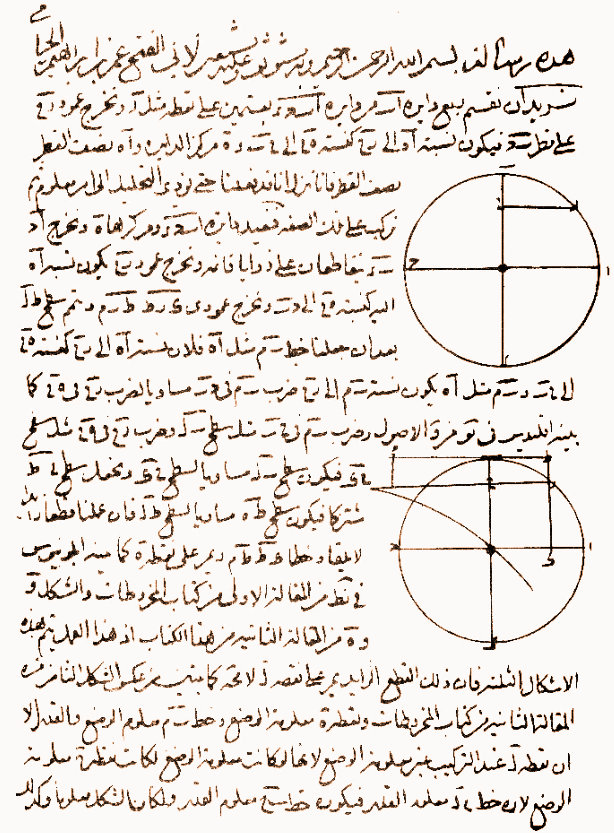|
Al-Bīrūnī
Abu Rayhan Muhammad ibn Ahmad al-Biruni (; ; 973after 1050), known as al-Biruni, was a Khwarazmian Iranian scholar and polymath during the Islamic Golden Age. He has been called variously "Father of Comparative Religion", "Father of modern geodesy", Founder of Indology and the first anthropologist. Al-Biruni was well versed in physics, mathematics, astronomy, and natural sciences, and also distinguished himself as a historian, chronologist, and linguist. He studied almost all the sciences of his day and was rewarded abundantly for his tireless research in many fields of knowledge. Royalty and other powerful elements in society funded al-Biruni's research and sought him out with specific projects in mind. Influential in his own right, al-Biruni was himself influenced by the scholars of other nations, such as the Greeks, from whom he took inspiration when he turned to the study of philosophy. A gifted linguist, he was conversant in Khwarezmian, Persian, Arabic, and Sanskrit, ... [...More Info...] [...Related Items...] OR: [Wikipedia] [Google] [Baidu] |
Islamic Philosophy
Islamic philosophy is philosophy that emerges from the Islamic tradition. Two terms traditionally used in the Islamic world are sometimes translated as philosophy—''falsafa'' (), which refers to philosophy as well as logic, mathematics, and physics; and ''kalam'' (), which refers to a Rationalism, rationalist form of Schools of Islamic theology#ʿIlm_al-Kalām, Scholastic Islamic theology which includes the schools of Maturidiyah, Ashari, Ashaira and Mu'tazila. Early Islamic philosophy began with al-Kindi in the 2nd century of the Islamic calendar (early 9th century CE) and ended with Averroes, Ibn Rushd (Averroes) in the 6th century AH (late 12th century CE), broadly coinciding with the period known as the Islamic Golden Age, Golden Age of Islam. The death of Averroes effectively marked the end of a specific discipline of Islamic philosophy usually called the Islamic peripatetic school, and philosophical activity declined significantly in the west of the Islamic world, includ ... [...More Info...] [...Related Items...] OR: [Wikipedia] [Google] [Baidu] |
Chemistry
Chemistry is the scientific study of the properties and behavior of matter. It is a physical science within the natural sciences that studies the chemical elements that make up matter and chemical compound, compounds made of atoms, molecules and ions: their composition, structure, properties, behavior and the changes they undergo during chemical reaction, reactions with other chemical substance, substances. Chemistry also addresses the nature of chemical bonds in chemical compounds. In the scope of its subject, chemistry occupies an intermediate position between physics and biology. It is sometimes called the central science because it provides a foundation for understanding both Basic research, basic and Applied science, applied scientific disciplines at a fundamental level. For example, chemistry explains aspects of plant growth (botany), the formation of igneous rocks (geology), how atmospheric ozone is formed and how environmental pollutants are degraded (ecology), the prop ... [...More Info...] [...Related Items...] OR: [Wikipedia] [Google] [Baidu] |
Ashari
Ash'arism (; ) is a school of theology in Sunni Islam named after Abu al-Hasan al-Ash'ari, a Shāfiʿī jurist, reformer (''mujaddid''), and scholastic theologian, in the 9th–10th century. It established an orthodox guideline, based on scriptural authority, rationality, and theological rationalism. It is one of the three main schools alongside Maturidism and Atharism. Al-Ash'aris Knowledge was based both on reliance on the sacred scriptures of Islam and theological rationalism concerning the agency and attributes of God. Ashʿarism eventually became the predominant school of theological thought within Sunnī Islam, and is regarded as the single most important school of Islamic theology in the history of Islam. The disciples of the Ash'ari school are known as Ashʿarites, and the school is also referred to as the Ashʿarite school, which became one of the dominant theological schools within Sunnī Islam. Ash'ari theology is considered one of the orthodox creeds of Sun ... [...More Info...] [...Related Items...] OR: [Wikipedia] [Google] [Baidu] |
Kath (city)
Beruniy (; ; ) is a city in the autonomous republic of Karakalpakstan, Uzbekistan. It is located on the northern bank of the Amu Darya near Uzbekistan's border with Turkmenistan. The city is the seat of Beruniy District. Historically, Beruniy was known as Kath ( Persian/; modern ) and served as the capital of Khwarazm during the Afrighid dynasty. In 1957, it was renamed "Beruniy" in honor of the medieval scholar and polymath Al-Biruni who was born here. Beruniy received city status in 1962. Beruniy is an important industrial city in Karakalpakstan. It is home to an asphalt plant, a brick factory, a cotton plant, and a shoe factory. There are also many textile factories. History Beruniy was the capital of Khwarezm from the time of the Afrighid dynasty around 305 CE, replacing the old capital of Toprak-Kala. At that time it was known as Kath (modern ). The city underwent many name changes, including Fil and Shobboz. In 1957, it was renamed Beruniy in honor of the scholar ... [...More Info...] [...Related Items...] OR: [Wikipedia] [Google] [Baidu] |
Al-Battani
Al-Battani (before 858929), archaically Latinized as Albategnius, was a Muslim astronomer, astrologer, geographer and mathematician, who lived and worked for most of his life at Raqqa, now in Syria. He is considered to be the greatest and most famous of the astronomers of the medieval Islamic world. Al-Battānī's writings became instrumental in the development of science and astronomy in the west. His (), is the earliest extant (astronomical table) made in the Ptolemaic tradition that is hardly influenced by Hindu or Sasanian astronomy. Al-Battānī refined and corrected Ptolemy's ''Almagest'', but also included new ideas and astronomical tables of his own. A handwritten Latin version by the Italian astronomer Plato Tiburtinus was produced between 1134 and 1138, through which medieval astronomers became familiar with al-Battānī. In 1537, a Latin translation of the was printed in Nuremberg. An annotated version, also in Latin, published in three separate volumes betwee ... [...More Info...] [...Related Items...] OR: [Wikipedia] [Google] [Baidu] |
Abu Nasr Mansur
Abū Naṣr Manṣūr ibn ʿAlī ibn ʿIrāq al-Jaʿdī (; c. 960 – 1036) was a Persian Muslim mathematician and astronomer. He is well known for his work with the spherical sine law.Bijli suggests that three mathematicians are in contention for the honor, Alkhujandi, Abdul-Wafa and Mansur, leaving out Nasiruddin Tusi. Bijli, Shah Muhammad and Delli, Idarah-i Adabiyāt-i (2004) ''Early Muslims and their contribution to science: ninth to fourteenth century'' Idarah-i Adabiyat-i Delli, Delhi, India, page 44, Abu Nasri Mansur was born in Gilan, Persia, to the ruling family of Khwarezm, the Afrighids. He was thus a prince within the political sphere. He was a student of Abu'l-Wafa and a teacher of and also an important colleague of the mathematician, Al-Biruni. Together, they were responsible for great discoveries in mathematics and dedicated many works to one another. Most of Abu Nasri's work focused on mathematics, but some of his writings were on astronomy. In mathemati ... [...More Info...] [...Related Items...] OR: [Wikipedia] [Google] [Baidu] |
Alberuni's India
Al-Biruni's ''India'' (), also known by the shortened title ''Kitab al-Hind'', is a book written by Persian polymath Al-Biruni about history, religions, and cultures of India. It was described by the Islamic scholar Annemarie Schimmel as the first objective book on the history of religion. The book was translated into German and afterward to English by Eduard Sachau. Background Biruni's earlier contemporaries, such as Jayhani, the vizier of the Samanid Empire, had described parts of India in his book ''Book of Routes and Kingdoms''; however Biruni considered this and other books by Arab writers marred by the authors' generally superficial knowledge about India and judgemental views on aspects of India they found or suspected to be incompatible with Islam. Biruni and his teacher Abu Nasr Mansur had studied earlier Indian texts on mathematics, such as the '' Sindhind'', benefiting from the historical links between his childhood Khwarazm and India. His book '' Chronology of A ... [...More Info...] [...Related Items...] OR: [Wikipedia] [Google] [Baidu] |
Psychology
Psychology is the scientific study of mind and behavior. Its subject matter includes the behavior of humans and nonhumans, both consciousness, conscious and Unconscious mind, unconscious phenomena, and mental processes such as thoughts, feelings, and motivation, motives. Psychology is an academic discipline of immense scope, crossing the boundaries between the Natural science, natural and social sciences. Biological psychologists seek an understanding of the Emergence, emergent properties of brains, linking the discipline to neuroscience. As social scientists, psychologists aim to understand the behavior of individuals and groups.Hockenbury & Hockenbury. Psychology. Worth Publishers, 2010. A professional practitioner or researcher involved in the discipline is called a psychologist. Some psychologists can also be classified as Behavioural sciences, behavioral or Cognitive science, cognitive scientists. Some psychologists attempt to understand the role of mental functions in i ... [...More Info...] [...Related Items...] OR: [Wikipedia] [Google] [Baidu] |
Khwarazm
Khwarazm (; ; , ''Xwârazm'' or ''Xârazm'') or Chorasmia () is a large oasis region on the Amu Darya river delta in western Central Asia, bordered on the north by the (former) Aral Sea, on the east by the Kyzylkum Desert, on the south by the Karakum Desert, and on the west by the Ustyurt Plateau. It was the center of the Iranian peoples, Iranian Khwarezmian language, Khwarezmian civilization, and a series of kingdoms such as the Afrighid dynasty and the Anushtegin dynasty, whose capitals were (among others) Kath (city), Kath, Gurganj (now Konye-Urgench) andfrom the 16th century onKhiva. Today Khwarazm belongs partly to Uzbekistan and partly to Turkmenistan. Names and etymology Names Khwarazm has been known also as ''Chorasmia'', ''Khaurism'', ''Khwarezm'', ''Khwarezmia'', ''Khwarizm'', ''Khwarazm'', ''Khorezm'', ''Khoresm'', ''Khorasam'', ''Kharazm'', ''Harezm'', ''Horezm'', and ''Chorezm''. In Avestan the name is '; in Old Persian 𐎢𐎺𐎠𐎼𐏀𐎷𐎡𐏁 or ... [...More Info...] [...Related Items...] OR: [Wikipedia] [Google] [Baidu] |
Zakariya Al-Qazwini
Zakariyya' al-Qazwini ( , ), also known as Qazvini (), (born in Qazvin, Iran, and died 1283), was a Cosmography, cosmographer and Geography in medieval Islam, geographer. He belonged to a family of jurists originally descended from Anas bin Malik (a companion of the Islamic prophet Muhammad) which had been well established in Qazvin long before al-Qazwini was born. His most famous work is the Aja'ib al-Makhluqat, (), a seminal work in cosmography. He is also the author of the geographical dictionary (). Career Born in Qazvin to a Persianized family of Arab ancestry, al-Qazwini served as a legal expert and judge in several localities in Iran. He traveled around in Mesopotamia and the Levant, and finally entered the circle patronized by the Ilkhanid governor of Baghdad, Ata-Malik Juvayni (d. 1283 CE). It was to the latter that al-Qazwini dedicated his famous cosmography titled Aja'ib al-Makhluqat, (). This treatise, frequently illustrated, was immensely popular and is preser ... [...More Info...] [...Related Items...] OR: [Wikipedia] [Google] [Baidu] |
Al-Khazini
Abū al-Fath Abd al-Rahman Mansūr al-Khāzini or simply al-Khāzini (, flourished 1115–1130) was an Iranian astronomer, mechanician and physicist of Byzantine Greek origin who lived during the Seljuk Empire. His astronomical tables, written under the patronage of Sultan Sanjar (', 1115), are considered to be one of the major works in mathematical astronomy of the medieval period. Montelle, C. (2011). The ‘Well-Known Calendars’: Al-Khāzinī’s Description of Significant Chronological Systems for Medieval Mathematical Astronomy in Arabic. In Steele J. (Ed.), Calendars and Years II: Astronomy and Time in the Ancient and Medieval World (pp. 107-126). Oxford; Oakville: Oxbow Books. He is considered to have been one of the greatest scientists of his era, among the greatest makers of scientific instruments of any time, and as "the physicist of all physicists". Al-Khazini is one of the few Islamic astronomers to be known for doing original observations. He provided the po ... [...More Info...] [...Related Items...] OR: [Wikipedia] [Google] [Baidu] |
Omar Khayyam
Ghiyāth al-Dīn Abū al-Fatḥ ʿUmar ibn Ibrāhīm Nīshābūrī (18 May 1048 – 4 December 1131) (Persian language, Persian: غیاث الدین ابوالفتح عمر بن ابراهیم خیام نیشابورﻯ), commonly known as Omar Khayyam (), was a Persian poet and polymath, known for his contributions to Mathematics in medieval Islam, mathematics, Astronomy in the medieval Islamic world, astronomy, Iranian philosophy, philosophy, and Persian literature. He was born in Nishapur, Iran and lived during the Seljuk Empire, Seljuk era, around the time of the First Crusade. As a mathematician, he is most notable for his work on the classification and solution of cubic equations, where he provided a geometric formulation based on the intersection of conics. He also contributed to a deeper understanding of Euclid's parallel axiom. As an astronomer, he calculated the duration of the solar year with remarkable precision and accuracy, and designed the Jalali calendar, a solar ... [...More Info...] [...Related Items...] OR: [Wikipedia] [Google] [Baidu] |






